- Sport & Abenteuer Reisen
- Trekking Reisen
Overview
A spectacular and challenging trek: We cross the rarely visited Kangla Pass to reach the Zanskar Valley.
We start the trek in the Lahaul Valley, in a small town called Udaipur, with its famous Hindu temples.
Along the river of the same name we hike through the lonely and beautiful Miyar valley with its rocky and snow-capped mountains. Many ambitious mountaineers come here from all over the world to climb summits that have not yet been climbed. The high valley is flooded with flowers during the short summer period from July to the end of September. The wide green pastures quickly give way to a rocky and rocky ground until we reach the great Miyar Glacier. Countless crevasses have to be bypassed to cross the 5450-metre-high Kangla Pass. We arrive at the Zanskar Valley with its moon-like landscape and ancient Buddhist monasteries, which are dramatically close to the slopes of steep rocks.
This challenging trek offers you the chance to hike through the wilderness and at high altitudes and get an insight into the local culture, with the Hindu culture in the Kullu Valley and In Udaipur in stark contrast to the Buddhist way of life in the lonely Zanskar. The latter is cut off from the rest of the world for 6 months (November to May). At this time, all passes are uncrossable and the only way to Leh is across the frozen Zanskar River.
Program
Day 1 Independent departure from your home country to Delhi, transfer to the hotel
Overnight stay at the hotel
Day 2 Delhi sightseeing and overnight bus to Manali
Today we use the day to explore Old and New Delhi on foot and by rickshaw. In the evening we take the night bus (14 hours) to Manali. Alternatively, we can organize the journey during the day with a train ride to Chandigarh (4 hours) and further by private vehicle to Manali (8-10 hours). Overnight in the bus. (F/-/-)
Day 3 Arrival in Manali
Today is relaxation, acclimatization and a visit to the mountain village of Manali on the program. Overnight stay in a hotel (B / – / -)
Day 4 Manali to Udaipur (2743 m) by jeep , 110 km, 4 hours
We start early in the morning with the jeep and cross the 3890 meter high Rothang Pass to get to the beautiful Lahaul valley to Udaipur. There are many potato and pea fields here and the green of the cultivated fields stands in clear contrast to the rugged landscape. In Udaipur we have the opportunity to see the famous Mrikula Devi Hindu temple. Before that we stop in Trilokinath to visit the Shiva temple. (Overnight stay in the inn) F/M/A
Day 5 Udaipur to Urgos (3250m) by jeep, then on to Tharang (3700m)
From Udaipur it goes for 2 hours by jeep to Urgos, a charming and relatively wealthy village in the heart of Lahaul. For Himalayan standards, today’s five-hour walk through flower meadows is still quite easy. We will gain some height and walk along the Miyar River. Due to the seasonal flowers and colored shrubs, the valley is also known as the Valley of the Flowers of the Western Himalayas. (Overnight in a tent) F/M/A
Day 6 Tharang to Gumbah Nala (3900m)
We trek for about 6 hours through lush green pastures to our next camp. This area is also known for its flowers in spring, although the landscape is now changing and the mighty mountain ranges are increasingly impressing us. (Overnight in a tent) F/M/A
Day 7 Gumbah Nala to Base Camp of the Miyar Glacier (Alyas) (4200 m)
Our last slightly easier day to continue acclimatizing us. After today’s six-hour hike, the path will be harder. The Miyar Valley is not only a very unexplored area, but also carries a cultural heritage. This region has experienced countless years of rule of cruel indigenous kings and has been the site of a struggle between the Hindu religion and Buddhism. (Overnight in a tent) F/M/A
Day 8 Base Camp of Miyar Glacier – Base Camp of Kang La (4600 m)
Today it takes 8 hours over the column-covered Mijar glacier to the base camp of Kangla Pass. It’s going to be a long and stressful day when we have to get up early. The paths are a bit tedious and every now and then we go over snowfields, where we have to step into the hard snow. The view from our camp is unique. (Overnight in a tent) F/M/A
Day 9 Base Camp of Kang La – Kang La (5450 m) – Camp after the pass
Today we cross the pass and reach our peak of the trek. It’s going to be exhausting and we need to be careful to ensure the safety of our team. Today we can clearly feel the low air pressure. We will rest at the nearest campsite after crossing to spend the night there.
Today’s route is very technical, both high and down. Large rocks and crevasses should be treated with caution. At the top of the pass we will honor the pass with a sacrifice (Hindu ritual) and enjoy the beautiful view of the surrounding mountains. (Overnight in a tent) F/M/A
Day 10 Camp after the pass to Burdun , further by jeep for 15 km to Padum
We hike to the heart of Zanskar and stop after about 5 hours walk near the ancient and well-preserved Burdun Monastery. It is famous for its 180 cm high Mani prayer wheel and was founded by Shabdru, who also founded the Hemis Gompa and later went to Bhutan. Along the drivable small road it goes for 15 km to Padum (3650 m) to our destination. As soon as we reach Padum, a wide valley opens up. It is the administrative center of Zanskar. (Overnight at Homestay) F/M/A
Day 11 Padum Sightseeing
Sightseeimg in Padum. The palace was destroyed by the Dogras and is now in ruins, but the Karsha Monastery, Sani Lake and the waterfall in Sheela village are well worth a visit. (Overnight at Homestay) F/-/A
Day 12 Padum to Lingshid by jeep, 95 km 5 hours
We continue by jeep to the village of Lingshid. Today is really a jeep safari on the new jeep track through the middle of Zanskar. We drive along the Zanskar River and then cross a high pass (4800 m). With a bit of luck, you will spot ibex and blue sheep. Here we turn to the village of Lingshid. We use the afternoon to delve deeper into the life of the locals in the Zanskar Valley. In the evening we sit together with our host family and have a traditional meal. (overnight stay in homestay) F / M / A-
Day 13 Lingshid to Leh by jeep, 250 km, 8 hours
Today you have to cross the two passes Singge La (5009 m) and Sir Sir La (4832 m). It is impressive how the jeep track leads us through this remote area. Again and again we pass small villages. As soon as we reach Hanupatta village, it becomes noticeably greener again. Another 30 km and we reach the highway that connects Leh and Krgil. We take a lunch break in Lamayuru and then drive towards Leh. On the way we also make a stop to visit the Alchi monastery. (Overnight stay at the hotel) F/-/-
Day 14 Sightseeing Leh
We explore Leh on a walk. We visit the Leh Palace, the Shanti Stupa and the Mallroad and the colorful markets. (Overnight stay at the hotel) F/-/-
Day 15 tour end
We would be happy to organize a follow-up program or the flight from Leh back to Delhi for you. You can explore the Nubra Valley, spend a few relaxing days in Leh, or go on a bike tour or motorcycle tour through Ladakh. F/-/-
Services
- Delhi airport transfer after arrival, hotel overnight stay and Delhi sightseeing with guide
- Volvo night bus Delhi Manali
- Accommodation in Manali
- Transport from Manali to the starting point of the trek
- From the end point of the trek to Leh in three days with overnight stops in Padum (2 nights) and Lingshid (1 night)
- 2 nights in Leh
- Meals as advertised (B: breakfast, M: lunch, A: dinner)
- All accommodations during the trek always in the two-man tent
- complete trekking equipment (tents, mattresses, sleeping bags)
- During the trek full catering
- Tour guide
- local guide, driver, cook, helper; Carriers/horses during the trek
- Kitchen, toilet, dining tent
- filtered water during the trek
Arrival to DelhiDeparture from LehVisaUnmentioned mealsActivities not mentionedTips
Highlights
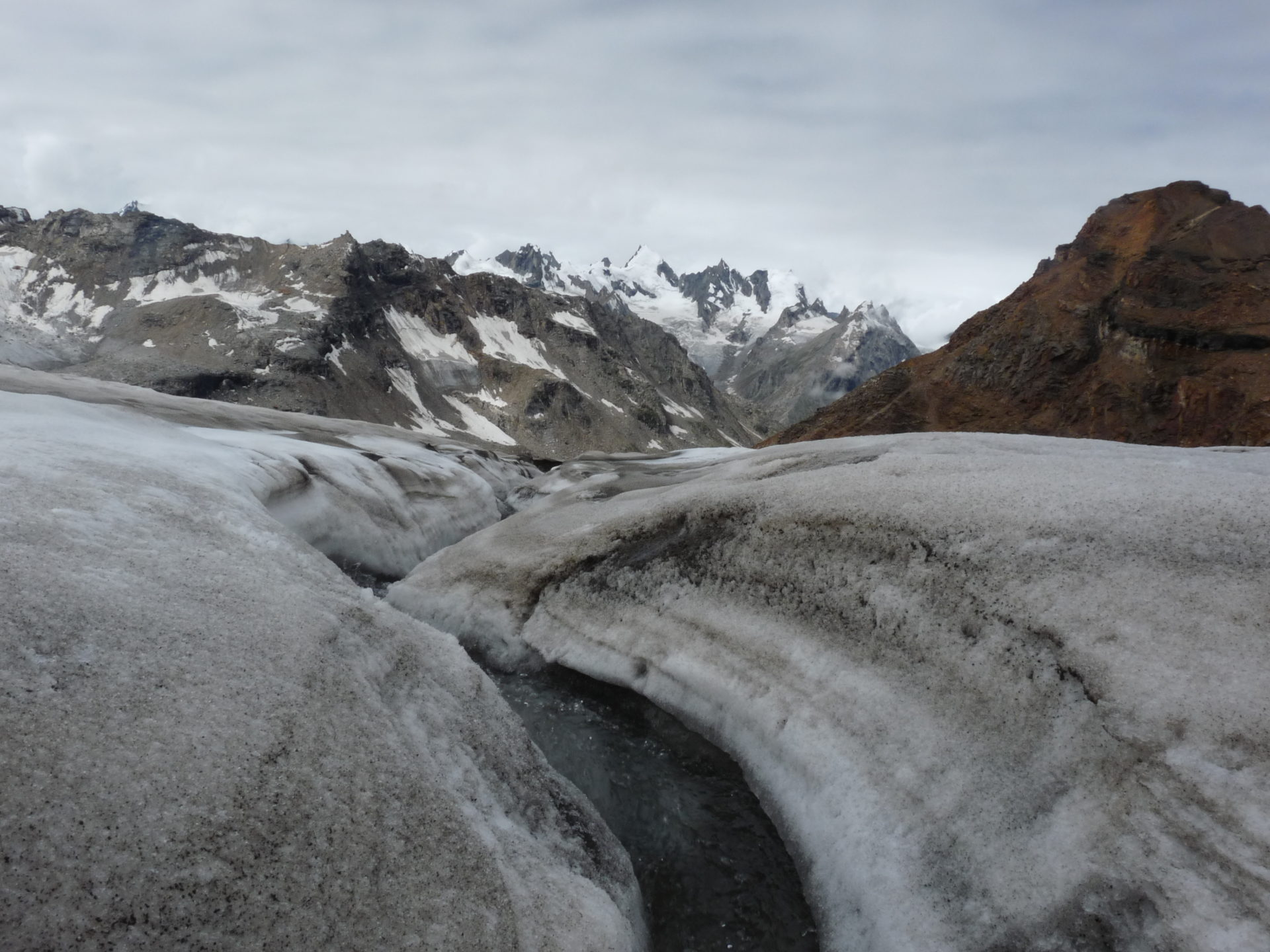
glacier 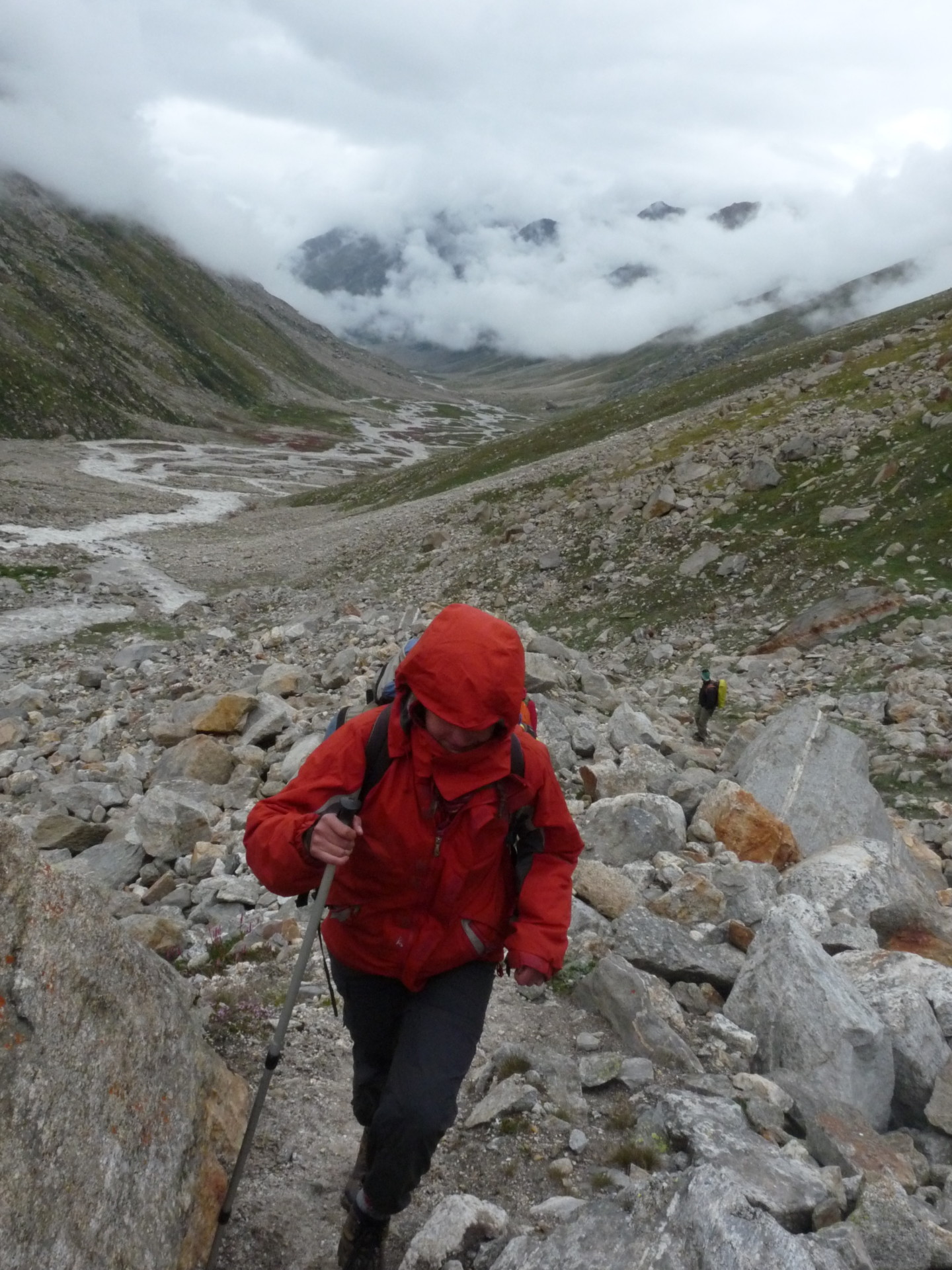
Trek 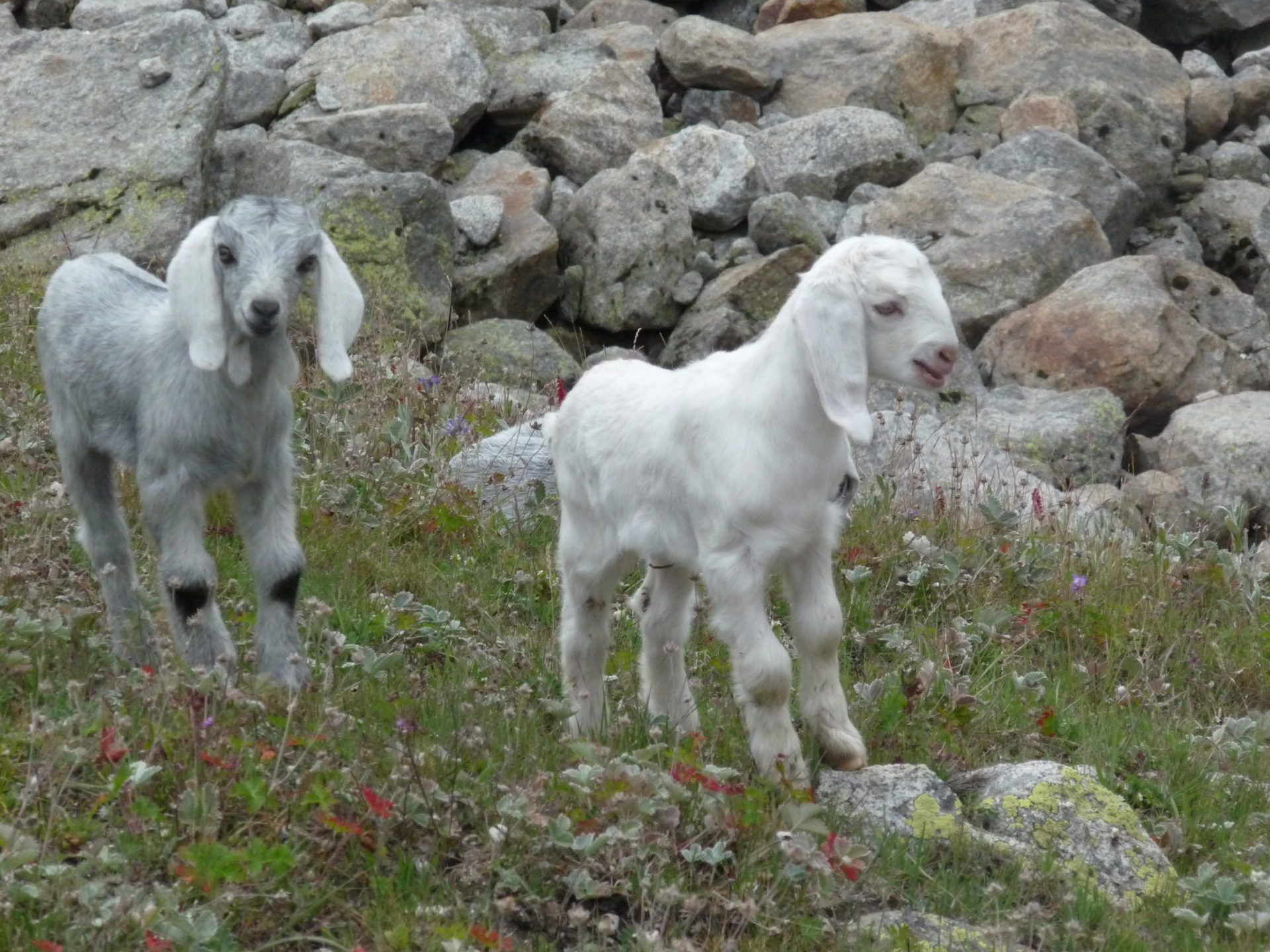
Lamb 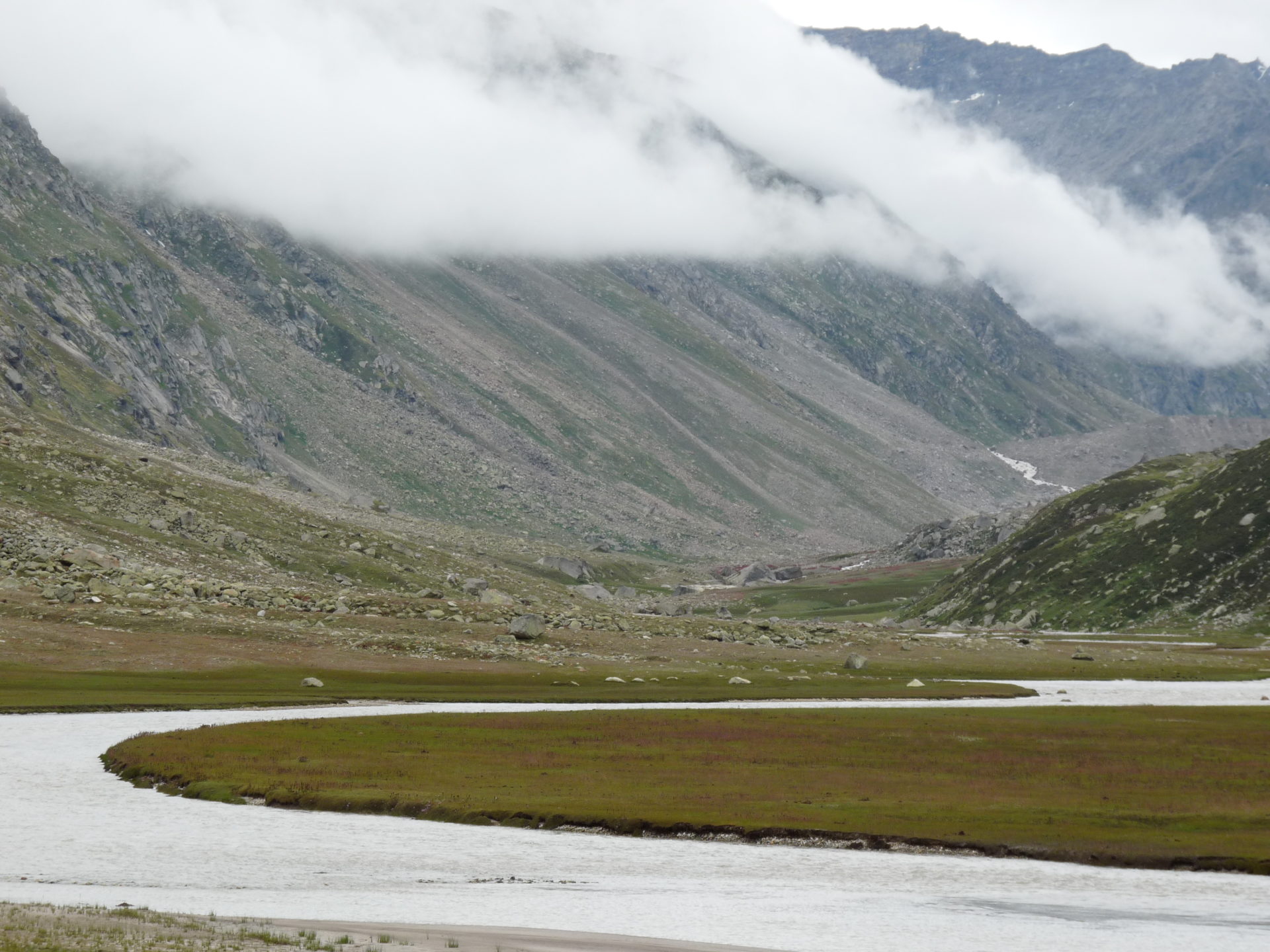
Trek 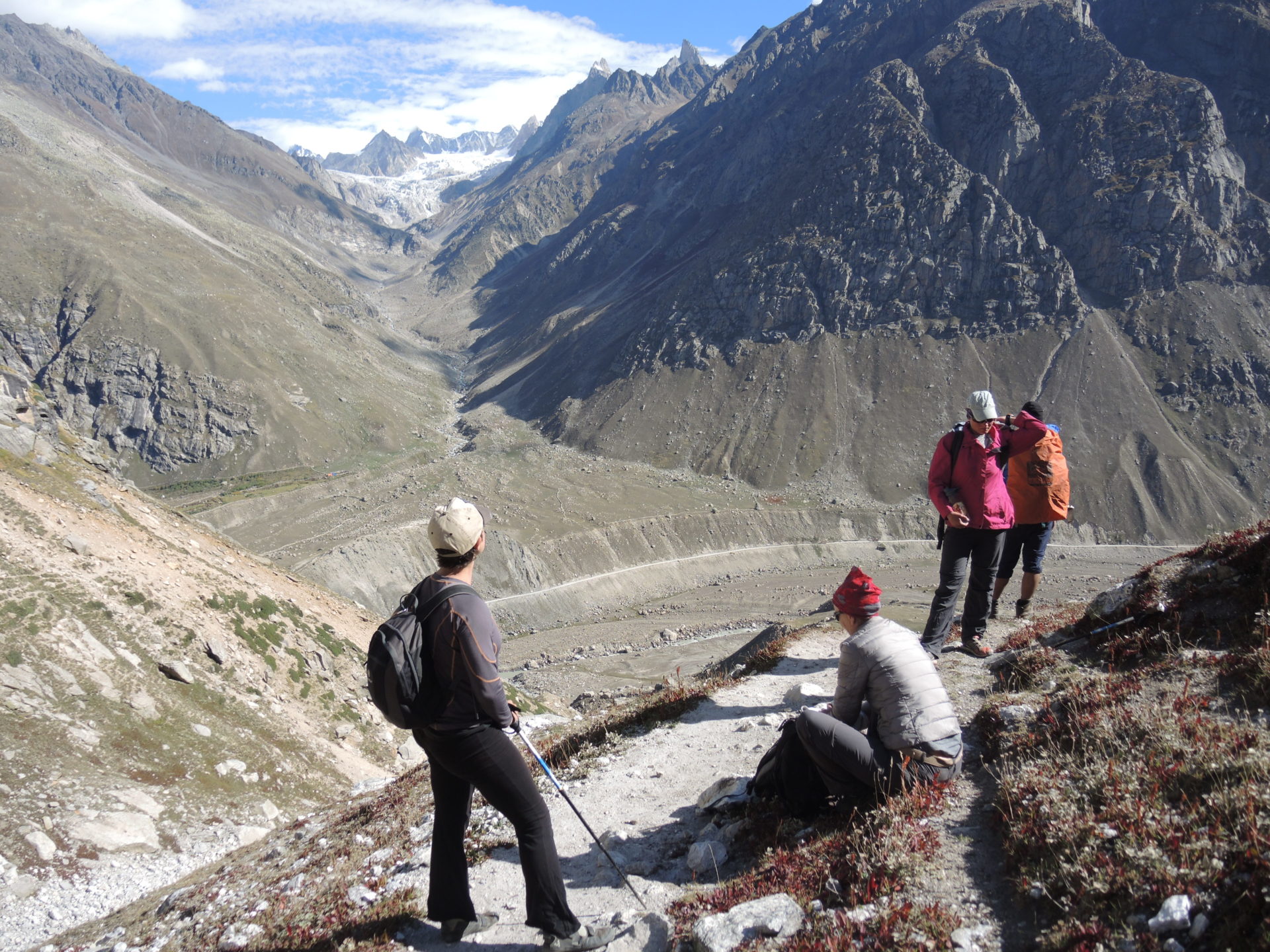
Trek 
Lahaul 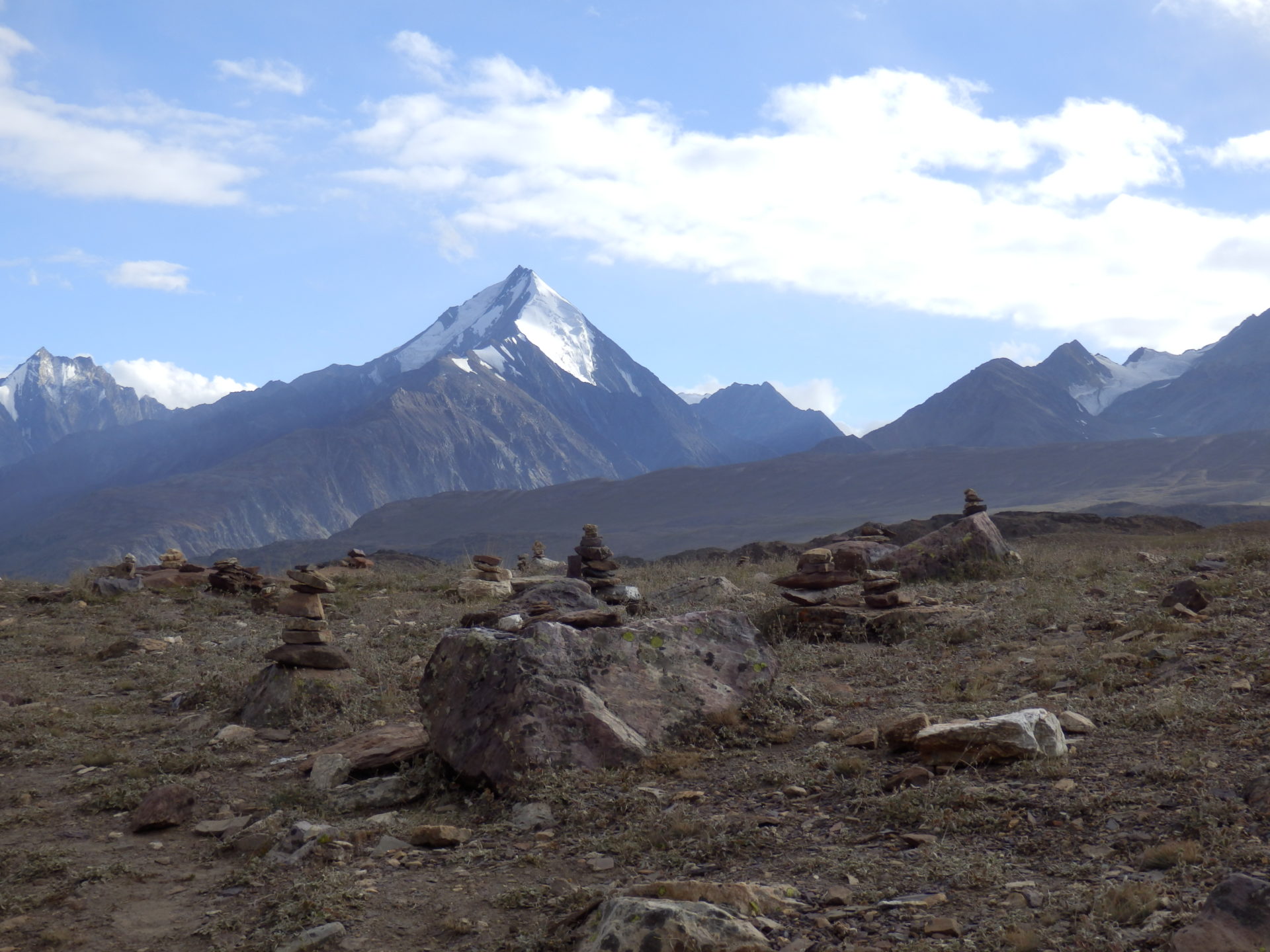
Lahaul 
Lahaul 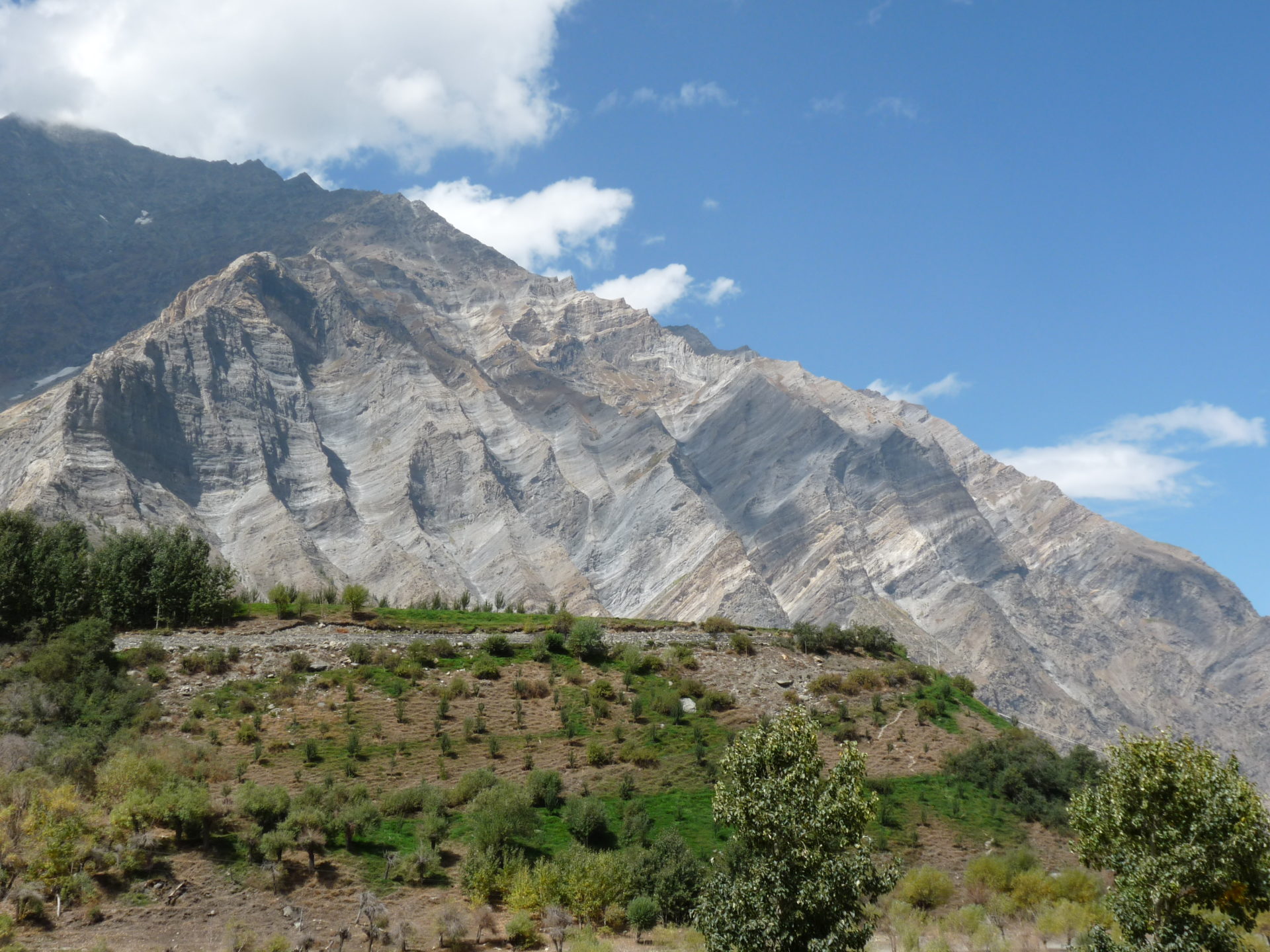
Lahaul 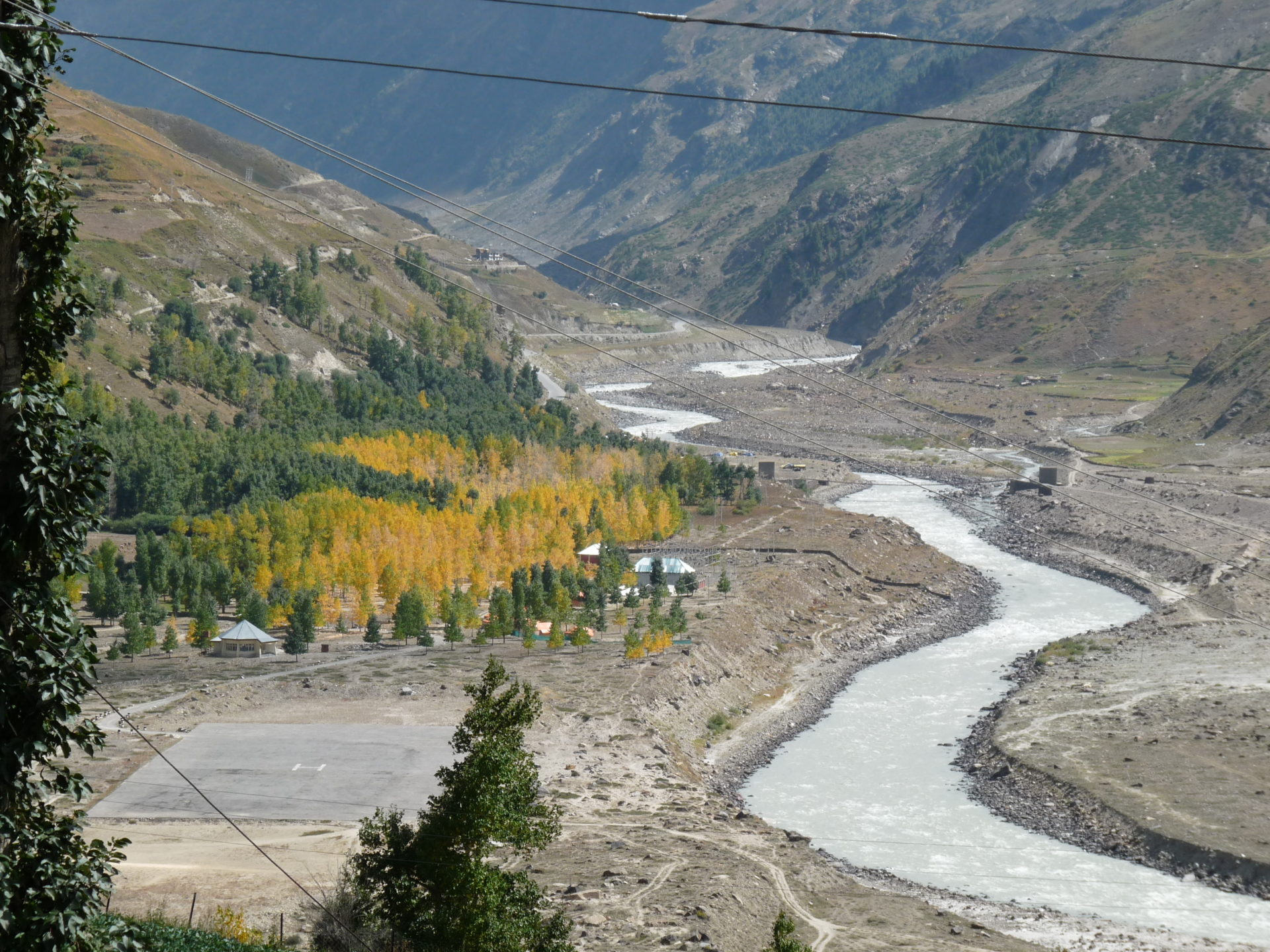
Lahaul 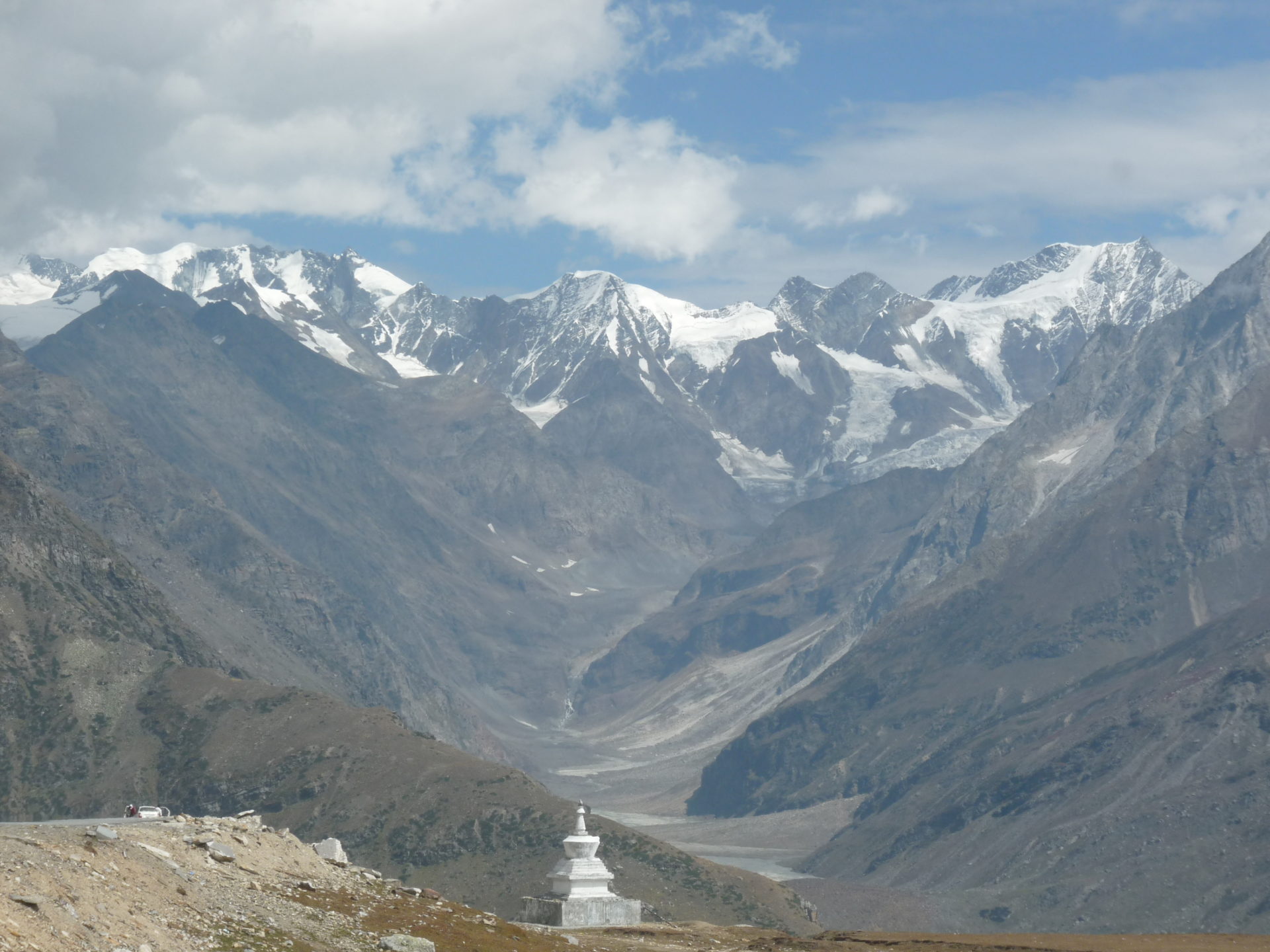
Lahaul 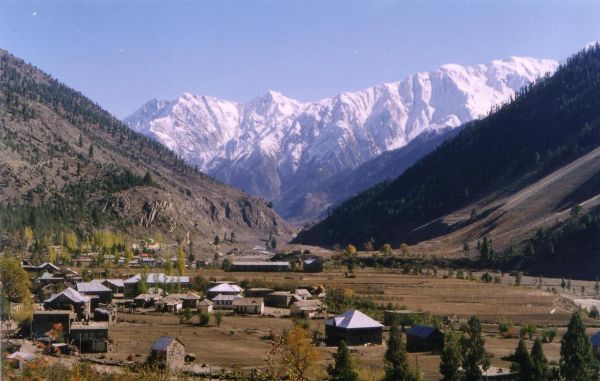
Lahaul 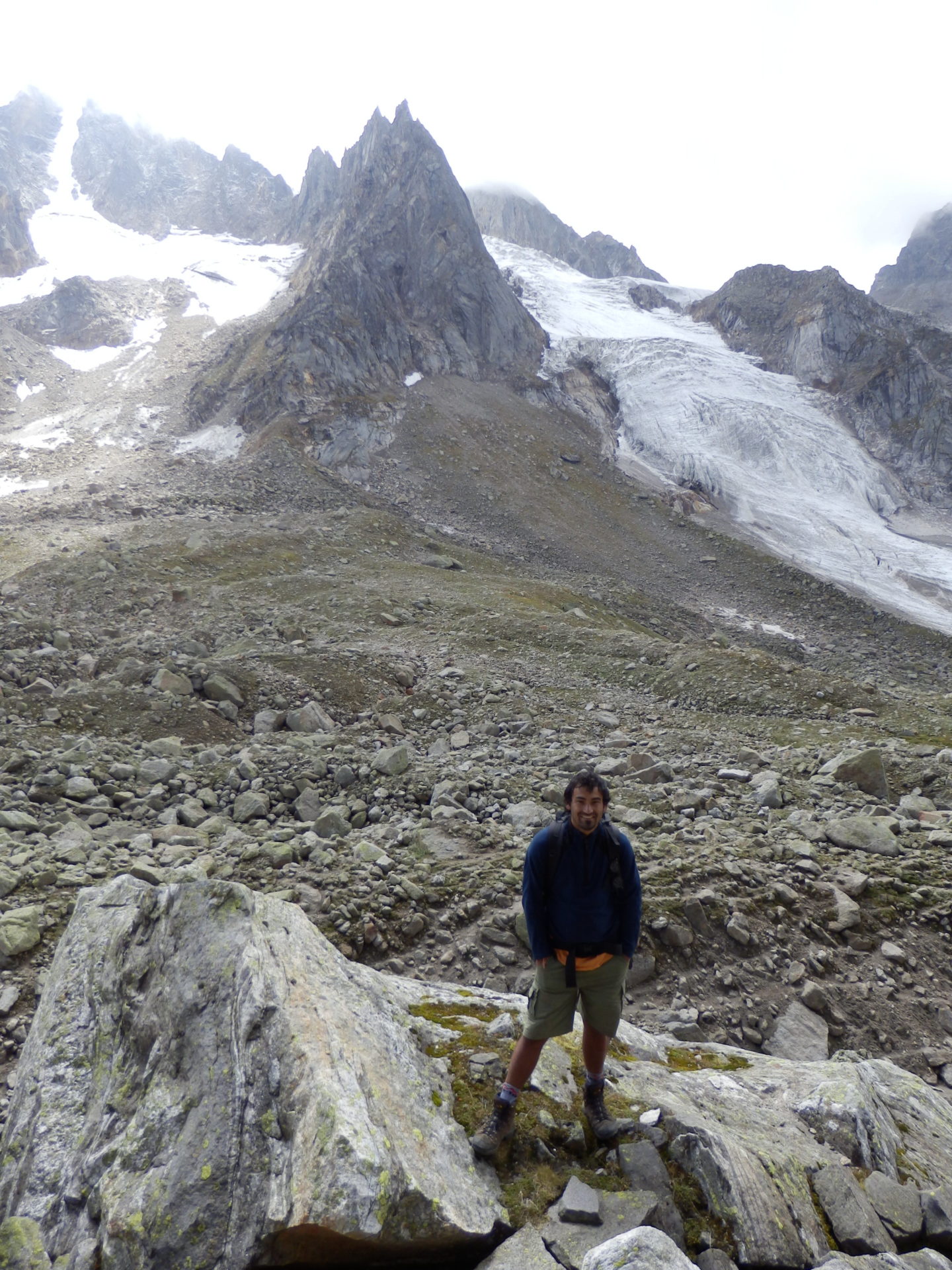
Trek 
passport 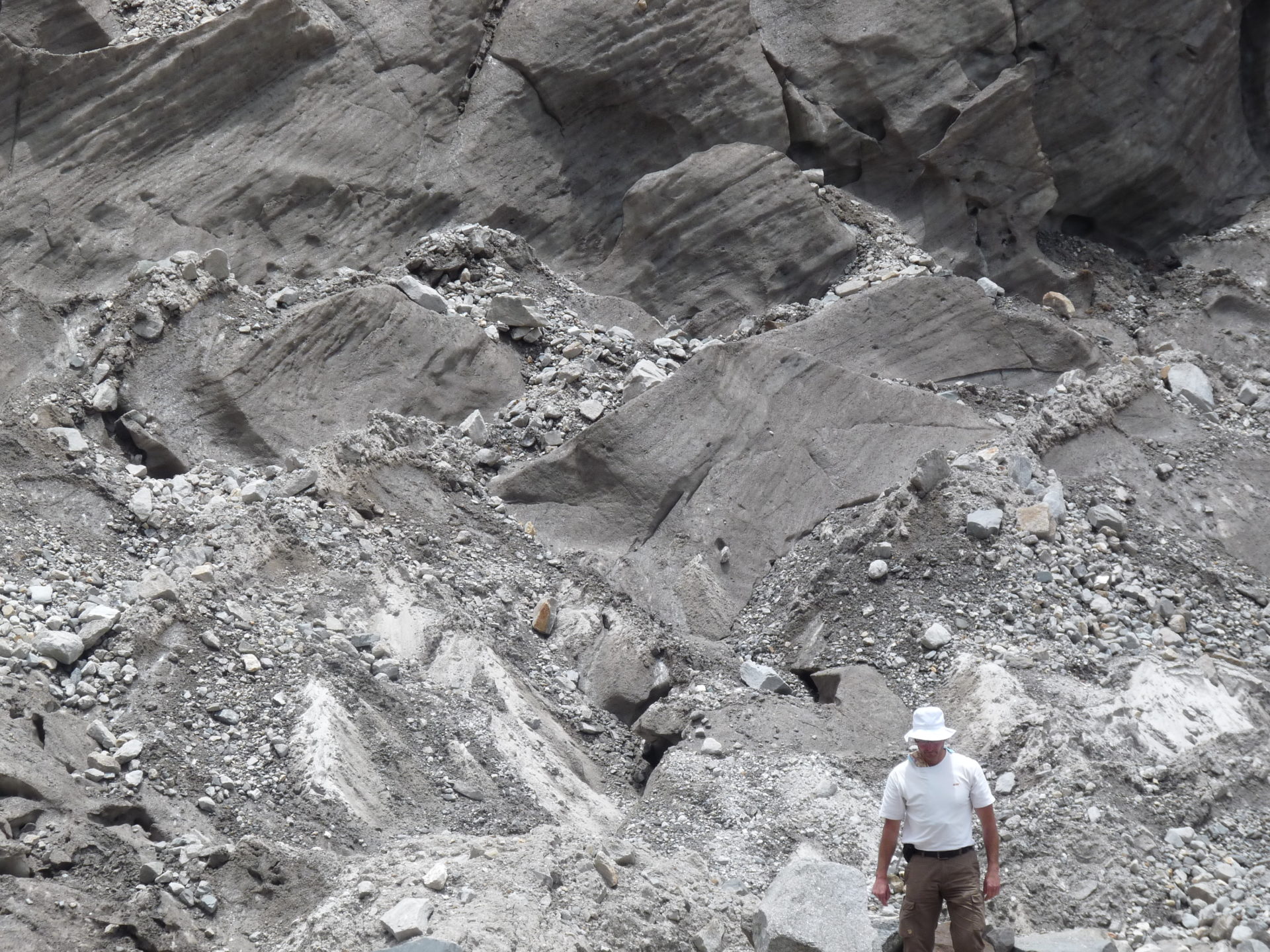
glacier 
glacier 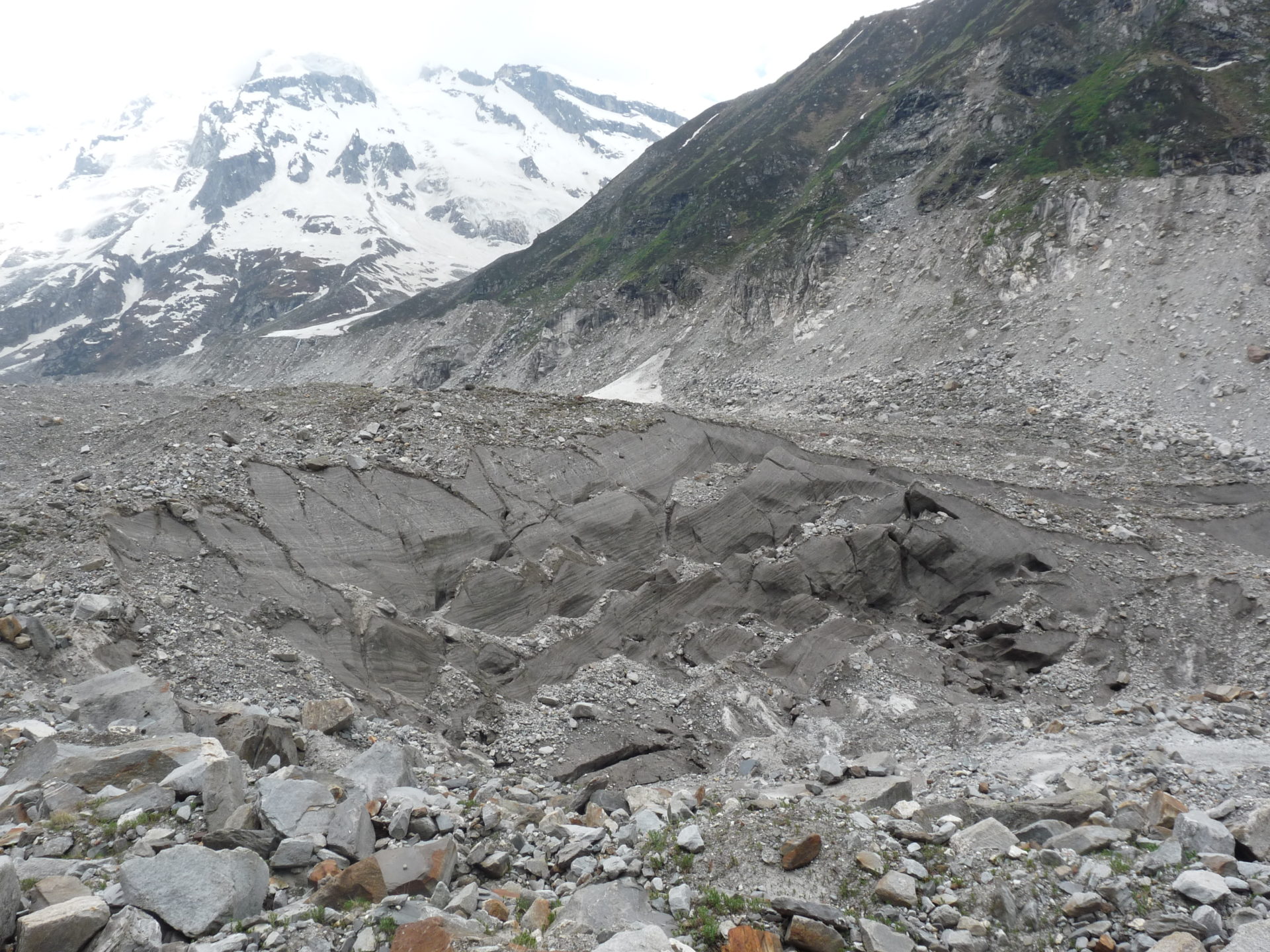
glacier 

Zanskar house 
Zanskar 
Padum 
Karsha Gompa 
Sheela waterfall 
Life in Zanskar 
Sani lake 
Zanskar gorge 
Margum La Base 
Jeep Safari Zanskar 
Lingshid 
Singge La rise 
Sri Sri La Pass 4800 m 
Hanupatta village 
Lamayuru Shanti Stupa 
Culture in Leh 
Monks 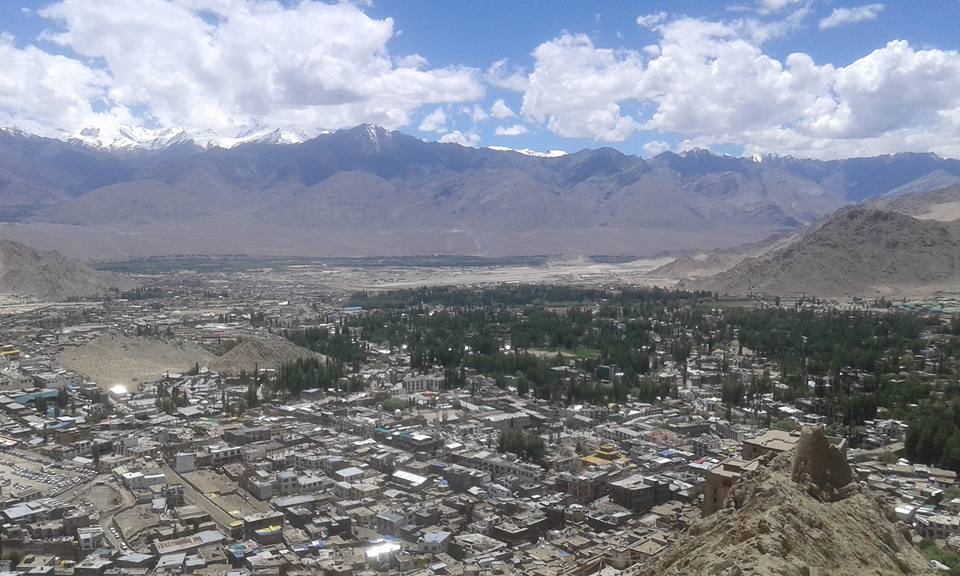
Leh Leh festival
Prices and Dates
From 2 participants 2550 € per person
From 4 participants 1800 € per person
This tour is possible in the months of July, August and September!
Travel Info
requirements
Most of the route is not particularly demanding. However, crossing the pass will be more difficult and we have to pay attention to glacial crevasses. Constantly we have to go over and past big rocks. The descent is also technically very difficult. In addition, there is a height of 5450 m. Here, the low sour matter content is clearly noticeable. Endurance, physical fitness, sure-footedness and dizziness are prerequisites for this trek.
Information about trekking in the Indian Himalayas with Chalo! Travel
Mountain guide and trekking team
On all our treks we have at least one (for larger groups of 6 participants or two) trained local mountain guides. Our mountain guides have all completed at least the Indian mountaineering training, many of them have also taken part in the advanced courses.
You are familiar with the trekking routes and know the terrain excellently. Our mountain guides all speak English.
In addition, there is a local team consisting of a cook (if the group consists of only two participants, the mountain guide also takes over the tasks of the cook), helpers, horsemen with horses or Nepalese carriers, depending on the type of trek.
All our team members have been working with us for years, are very friendly and always strive to provide our guests with a great trekking experience. Their English is rather mediocre or non-existent, but this is not necessarily a hindrance to communicating with them.
Trekking routes
The trekking routes are designed for the skills of our guests and are all feasible for a person with a good fitness level, unless otherwise mentioned. The daily routes are between five and eight hours long (with breaks) and an average increase of around 500-800 metres of altitude is completed.
In between, rivers may have to be crossed or crossed. The paths are partly well developed, but sometimes also almost non-existent. On our trekking routes there are hardly any villages in between, so we will take enough food for the whole tour.
On our treks you can cross passes, snow or glaciers. On steep slopes, we have safety equipment with us.
Daily routine (Depending on the length and intensity of the trek, the times may vary)
7: 00 Get up with tea
7:30-8:30 Breakfast
7:00-9:30 a.m. Dismantling of the camp
8:00- 9:30 Start Trek
13:00 Lunch on the way
15:00-17:00 Arrival at the camp and camp construction
15:30-17:30 Snacks
19:00 Dinner
Altitude and altitude sickness
Altitude sickness is a very important topic that should not be underestimated, especially during our trekking tours in the Indian Himalayas. At altitudes above 3500 m, our body has to slowly get used to the low air pressure, which also causes less oxygen to enter our lungs. The first signs of altitude sickness are headaches, which are accompanied by dizziness, nausea, insomnia and loss of appetite. It becomes problematic when water accumulates in the lungs and brain and edema occurs. Then only the immediate descent to lower altitudes will help. To prepare for the highs on our treks, we will either spend a few nights at high altitudes before the trek or slowly ascend during the trek to acclimatize. If we notice that there are problems with our guests (each person is otherwise able to acclimatize, regardless of age, gender and fitness level), it may happen that either the entire tour group or the participant descends/returns with a team. In addition, it makes sense to take an emergency drug for altitude sickness. For this, it is best to consult the pharmacy or the travel doctor. For certain treks we will also have oxygen with us.
Luggage
Each trekking participant is responsible for his own clothes and personal belongings. Depending on the trek, we are either on the road with horses or carriers. If we have load horses, one bag per participant can be loaded onto the horse. In the case of treks with carriers, all personal luggage must be carried independently. Tents, sleeping bags, mattresses and food are carried by our porters.
For trekking tours with horses, a day backpack with space for the lunchbox, a water bottle and warm overcoat clothing should be taken with you. Here to the complete packing list for our trekking tours.
Packing list for trekking tours
- Sleeping bag at least -10 ° C
- large backpack or soft tote bag so that the pack animals can carry the luggage
- Small backpack for the day approx. 30-40 l with rain cover
- Flashlight / headlamp
- 2 refillable water bottles
- Walking sticks
- Passport and passport copy
- Camera with spare batteries and memory card
- Headgear as sun protection
- Good sunglasses
- Cap
- Scarf, buff
- gloves
- Windpants
- Trekking pants
- Functional underwear long
- Walking shoes
- Socks thick and thin
- Sneakers, sandals and / or slippers
- Windbreaker
- Warm jacket
- Fleece pullover / jacket
- Tshirts
- Sun cream, lip balm min. Protection 40
- Fat cream
- Water purification tablets
(boiled and filtered water is provided) - own medication for headaches, nausea, digestive problems, colds)
- Blister plasters and bandages
- own hygiene article
- Toilet paper
- Hand disinfection
Meals
During the trek there will be a vegetarian full catering. Water is either boiled or we have a water filter with us.
Breakfast (daily selection):
- Coffee/Tea
- Oatmeal porridge/muesli/cornflakes/Indian porridge
- Indian breakfast
- Sliced fruit/vegetables
Lunch (mostly lunchbox), sometimes warm in the camp
- Sandwiches/Indian (rice, chapati, vegetables)/potatoes
- Juices
- Chocolate
- Fruit
Snacks
- Tea/coffee
- Cookies
- French fries/Indian snacks
Soup
Dinner (depending on the length of the Trek mix of Indian/Chinese/Continental)
- Vegetable dish
- Lentil dish
- Rice/noodles
- Chapati
- Salad
- Dessert
Accommodation and camp
We have very comfortable and spacious two-man tents. Our mattresses are practical but simple if there are problems with sleeping on hard surfaces, please take your own mattress with you or order from us. Our sleeping bags are freshly washed and have a very good quality with comfort zone up to -5°C/extreme zone up to -20° C. It is recommended to bring personal indoor sleeping bags.
In addition, we have a spacious dining tent with tables and chairs, a kitchen tent for the team and a toilet tent. For treks up to 4 people, the kitchen tent can also act as a dining tent at the same time.
For trekking tours with porters, we will take our smaller, lighter tents with us and do without a toilet tent.
Weather
In the Himalayas, temperatures fluctuate widely. While it can get warm up to 25°C during the day and the sun is not only warming, but also very intense (sun protection is a must), it can also cool down significantly below the minus-grade at night, especially in the months end of September and October, as well as in June. There may also be weather changes with snow on the passes.





